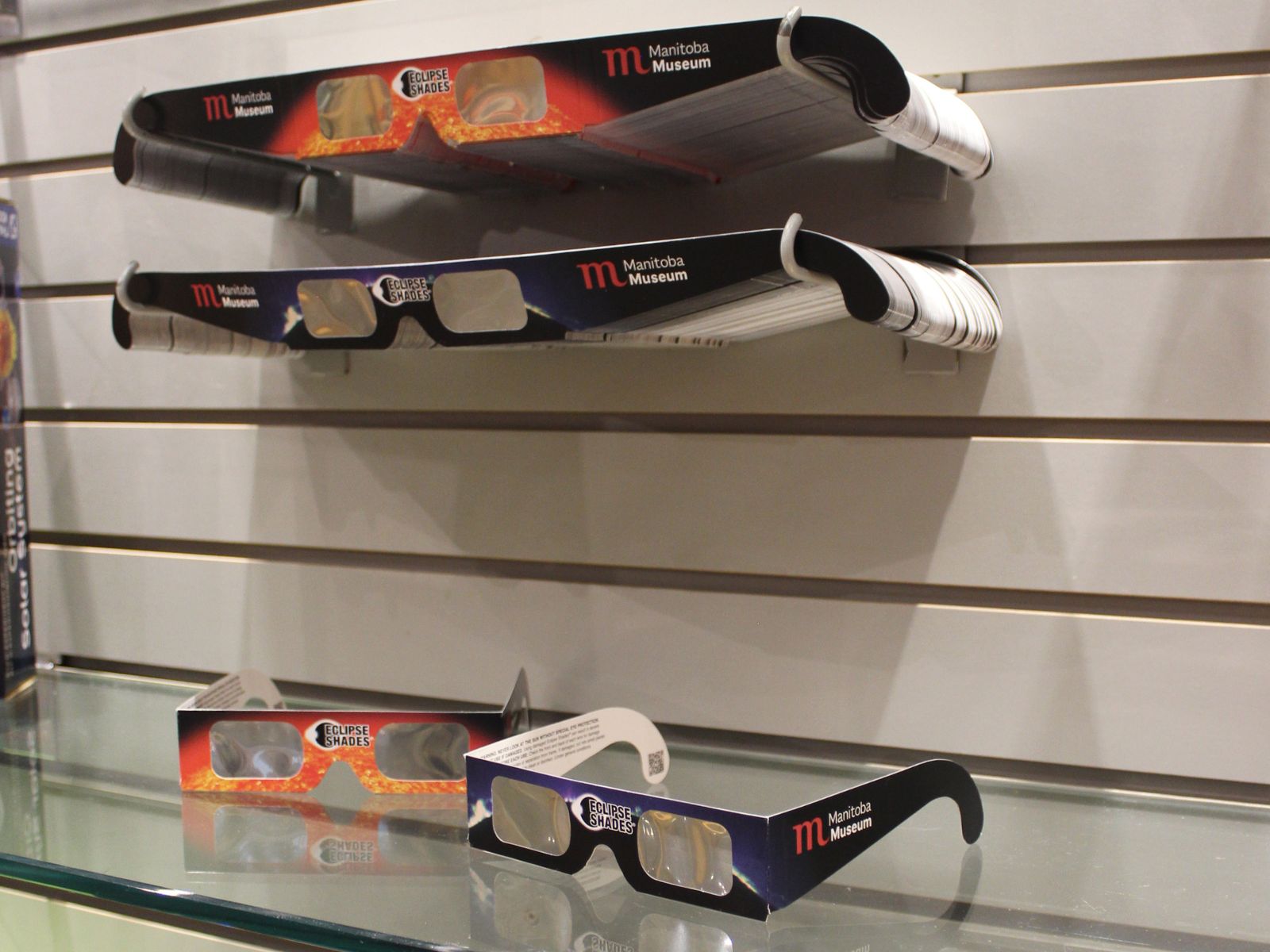UPDATED: Oct. 6, 2023
On Saturday, October 14, 2023, worlds will align. The Moon will pass between the Sun and the Earth, casting a shadow on our planet that will sweep across North America. For viewers in a narrow path from Oregon through Texas and into Central America and Brazil, the Moon will appear to almost cover the sun, leaving a thin ring of sunlight around its edge: an annular (or ring) eclipse.
For most of the rest of the continent, the alignment isn’t perfectly central. The Moon will cover only a part of the Sun, resulting in a partial eclipse. NO matter where you are, a solar eclipse is still a fascinating chance to see the solar system’s motion in action in real time




